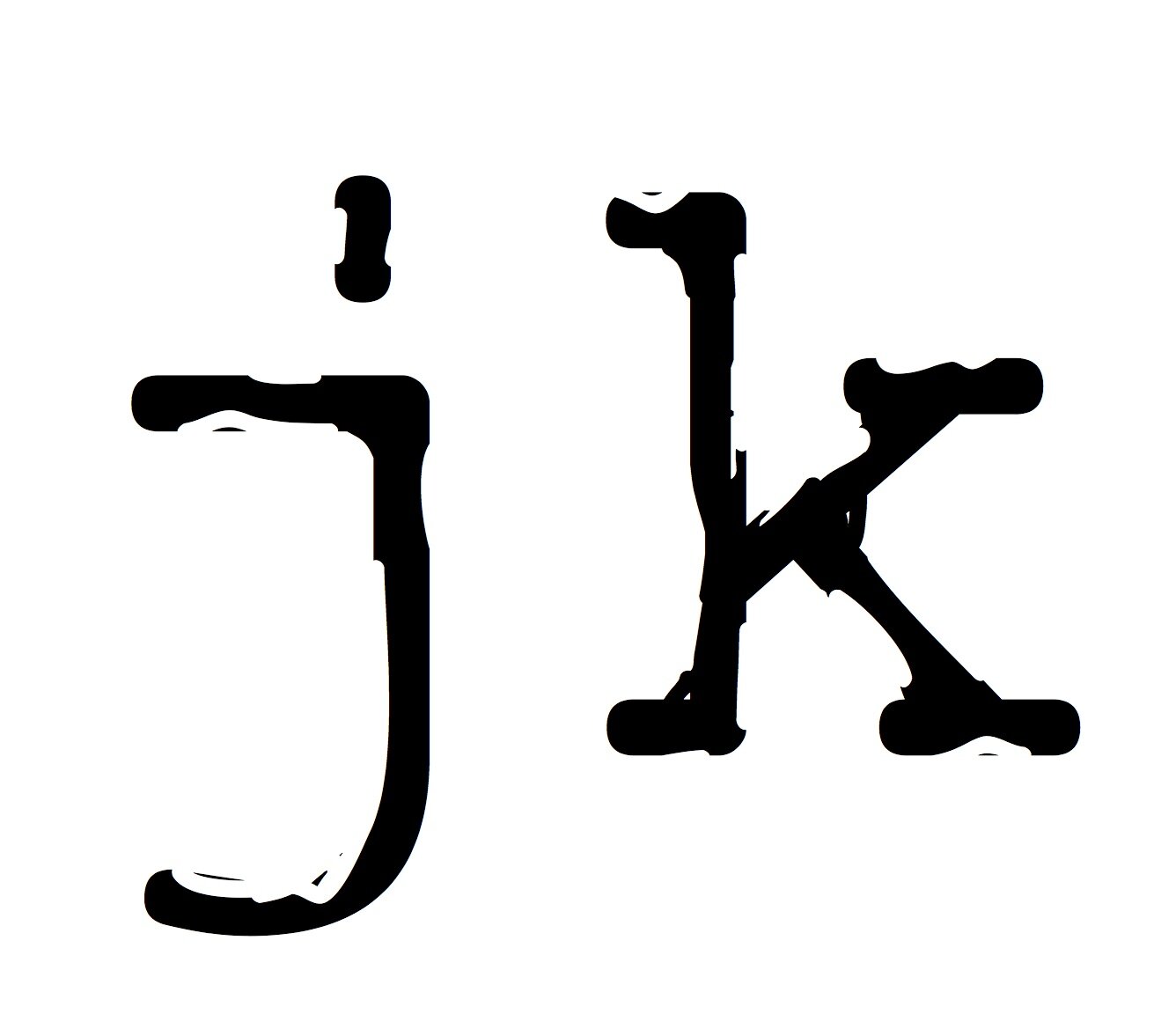The Power of Gaps
The essence of story is in the gaps. These gaps in expectation from the character and from the audience affect the character’s choices, the reader’s understanding of the character, or the perception of the story itself.
Different types of gaps drive the story in different ways.
A character goes into a situation expecting something – they meet an obstacle. The gap to their expectations causes them to act in a way different than they’d intended, to go beyond what they intended to do. And often leave the room in a different result than they wanted. This sparks new action. In The Big Lebowski, The Dude and Walter go to confront Larry after finding the fourteen year old’s homework in the stolen car. Larry’s silence and incomprehension of the situation leads to a different outcome than what they’d expected. Walter’s reaction opens another gap for The Dude.
A character does something you don’t expect. This raises a gap in your expectations and leads you to wonder what don’t you know about that character that made them act this way. Your understanding of them shifts. In Bergman’s Winter Light, the Priest takes medicine from the school teacher who has just confessed her love for him. Then he cruelly insults her and reduces her to tears. Our understanding of the Priest’s character changes. Then he asks her if she wants to come on a drive with him. She agrees. Both these actions leave us understanding them less than we thought and waiting for the next scene to figure out what is going on.
The gap reveals new information. This makes you reflect on what you already knew, answering one question but opening others. The illumination of Harry Lime, presumed dead, by passing lights as he hides in the doorway changes what you know to this point in The Third Man. Darth Vader’s revelation to Luke Skywalker is a major example of this, one that makes you reassess the previous film, not just the one you’re currently watching.
Every choice and action gives you an opportunity to shift your story. A character cannot simply walk through a door and see what they expect to find there. That’s lazy writing.
This is true in memoir too. The ability to leave these gaps in the story drives the story and keeps the reader engaged. Balancing the different types of gaps keeps the story from dragging.
